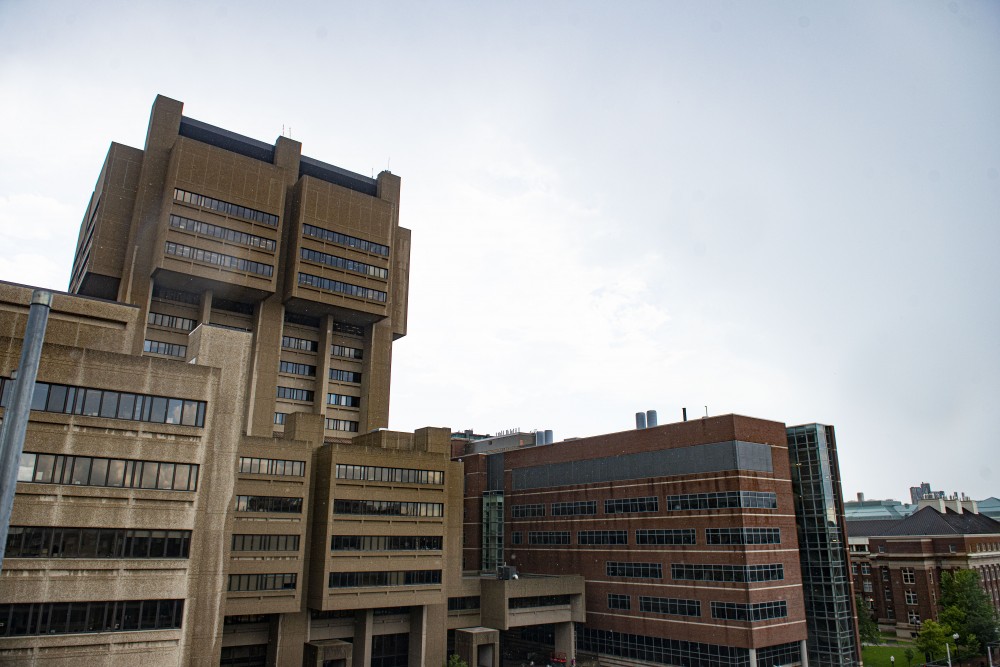With a possible water shortage looming, some are beginning to wonder if water is the new oil.
While Minneapolis has yet to feel the effects of a water shortage, internationally, sanitation and access to drinkable water is a growing concern.
The 21st century will experience “water wars,” which have already become an issue in the Middle East, said Amber Collett, Midwest organizer for Corporate Accountability International.
“Water is fundamental to life,” she said. “It’s something everyone should have access to.”
It won’t be long before two out of every three people won’t have access to water for basic daily needs like bathing and cooking, she said.
Today, more than 1 billion people don’t have access to clean water, Sarah Fairchild, Washington, D.C., representative for the Sierra Club, said.
According to the Second United Nations World Water Development Report, 2.5 percent of the world’s water is consumable and of that, 70 percent is frozen in ice caps.
Population growth has also added to the need for clean water, Fairchild said.
The U.N. projects that by 2050, the world’s population could be more than 9 billion.
Darrell Gerber, program coordinator for Clean Water Action, said several additional problems like droughts and climatic changes have amplified concerns.
Minnesota water
Locally, Gerber said dropping lake levels is a large problem Minnesotans will face, particularly in terms of recreation.
“Instead of lakefront property,” he said, “people will have mud-front property.”
In addition, lower water levels dilute the water, increasing contamination problems, he said.
Fairchild said it’s estimated that 40 percent of Minnesota lakes and rivers are currently polluted.
While recent reports revealed contamination problems in Minnesota’s water, Gerber said such issues were not of dire concern in Minneapolis.
Mayor R.T. Rybak recently funded $150 million to Minneapolis’ public water system, Collett said, adding that “Minneapolis’ water is better than Dasani.”
Collett, advocating the “Think Outside the Bottle” campaign that Rybak signed, said the city’s tap water is tested 400 to 1,000 times each day.
Bottled water distributors, on the other hand, don’t test their water nearly as often and are not required to reveal its source, she said.
The campaign asks people discontinue their bottled water habits and instead consume only tap water.
Collett said 40 percent of bottled water is sourced from tap water anyway.
“Bottled water costs more ounce by ounce than oil,” she said, noting that while a bottle of water costs $1, it takes 1,800 refills of tap water to match that price.
“Water is a human right,” she said. “And not a commodity to be bought.”
Mackenzie Duffy, an art history senior and volunteer with the campaign, said she wasn’t aware that 40 percent of bottled water came from the tap.
“The bottled water companies have done a really good job scaring people away from tap water,” she said.
















